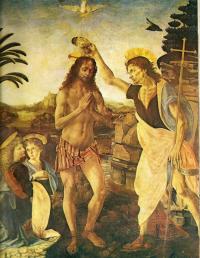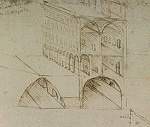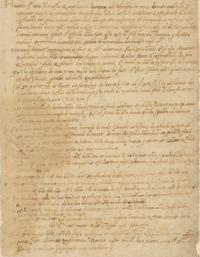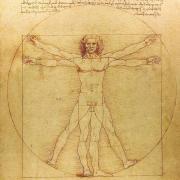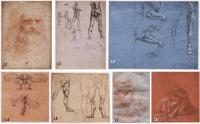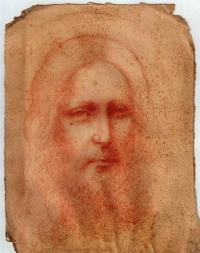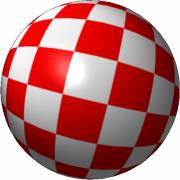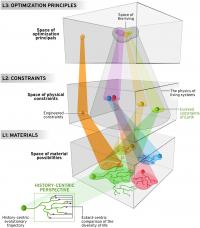Leonardo da Vinci's life

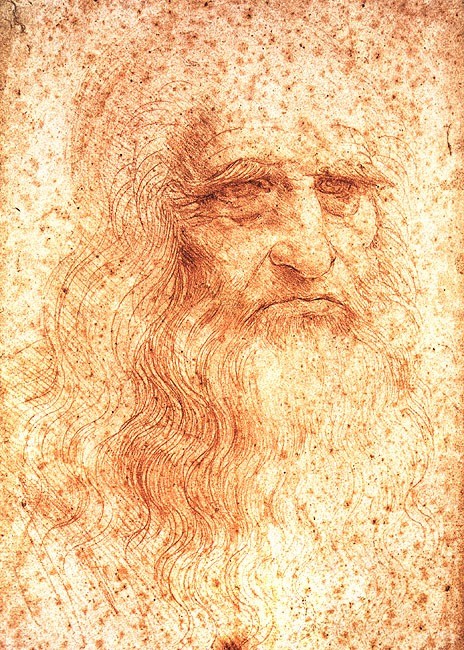
Italy, beautiful Italy: land of saints and navigators, poets and great artists.
Between Empoli and Pistoia, on Saturday 15 April 1452, Leonardo di Ser Piero d'Antonio was born in the village of Vinci. His father, a notary, had it from Caterina, a woman from Anchiano who would later marry a farmer.
Despite being an illegitimate child, little Leonardo is welcomed into his father's house where he will be raised and educated with affection. At sixteen, grandfather Antonio died and the whole family soon moved to Florence. It was his and our fortune, because without that move today perhaps no one would know him.
The artistic precocity and acute intelligence of the young Leonardo pushed his father to send him to the workshop of Andrea Verrocchio : an acclaimed and sought-after goldsmith painter and sculptor, the best that Florence had at that time. The activity exercised by Leonardo with the master Verrocchio is still to be defined, of course there is only that the artistic personality of Leonardo begins to develop here.
At the age of 20, in 1472, Leonardo was enrolled as a master in the Company of Painters, a sign therefore that Verrocchio's apprenticeship was over, although he did not abandon his workshop. Leonardo has an unparalleled curiosity, all artistic disciplines attract him, he is a keen observer of natural phenomena and the ability to integrate them with his scientific knowledge is great.
In 1480 he was part of the academy of the Garden of San Marco under the patronage of Lorenzo the Magnificent. It is Leonardo's first approach to sculpture. Also in that year he was commissioned to paint the Adoration of the Magi for the church of S. Giovanni Scopeto just outside Florence. Today this work is located in the Uffizi in Florence. But in the Florentine environment it is probably starting to feel a little tight. Perhaps the lack of inclusion among the four masters who will paint the walls of the Sistine Chapel pushed him to leave. Or maybe it's just his irrepressible desire and need for discoveries, that ineluctable restlessness to travel new creative horizons, mother of all geniuses.
In 1482 Leonardo left and presented himself to the Duke of Milan Lodovico Sforza, in a letter his curriculum vitae describing his aptitudes as a civil engineer and builder of war machines as well as operational skills. The reception was good and he will live in Porta Ticinese with the De Predis brothers painters.
In 1483, Leonardo painted the Virgin of the Rocks in the two versions of Paris and London, in the church of San Francesco Grande. The exercise for the bronze equestrian monument to Francesco Sforza is still in these years.
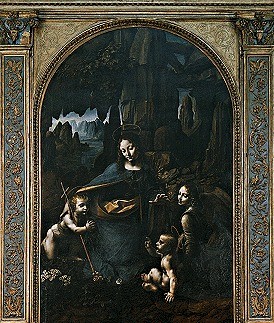
In 1489-90 he prepared the decorations of the Castello Sforzesco in Milan for the wedding of Gian Galeazzo Sforza with Isabella of Aragon.
In 1494, as a hydraulic engineer, he took care of the reclamation of the Sforza estate in the lower Lombardy region.
In 1495 the famous fresco of the Last Supper begins in the church of Santa Maria delle Grazie . This work practically becomes the exclusive object of his studies. It will be finished in 1498. The following year Leonardo flees from Milan because it is invaded by the troops of the French king Louis XII and takes refuge in Mantua and Venice. In 1503 he was in Florence to fresco, together with Michelangelo, the Great Council Hall in the Palazzo della Signoria. Leonardo was entrusted with the representation of the Battle of Anghiari .
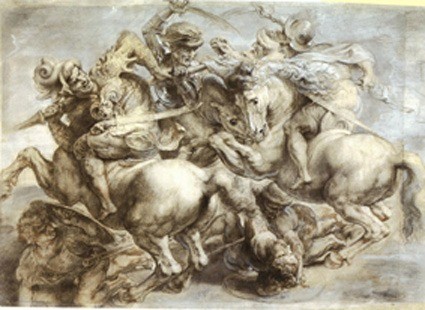
Tormented by the anxiety of finding new artistic techniques, he did not complete this work either. In this year he will also paint the unfinished Mona Lisa , the pride of the current Musée du Louvre in Paris. In 1506 he returned to Milan, then his trips to Italy became more and more frequent while keeping Rome as a point of return.
In 1513 the king of France Francis I invited him to Amboise . Leonardo will take care of projects for the celebrations and will continue with his hydrological projects for some rivers of France. On April 23, 1519 he drew up his will, citing in it all the people who had been close. On 2 May 1519 Leonardo leaves his mortal remains and is buried in the church of S. Fiorentino in Amboise. And there is no trace of his remains because of the desecration of the tombs that took place in the religious wars of the sixteenth century.









